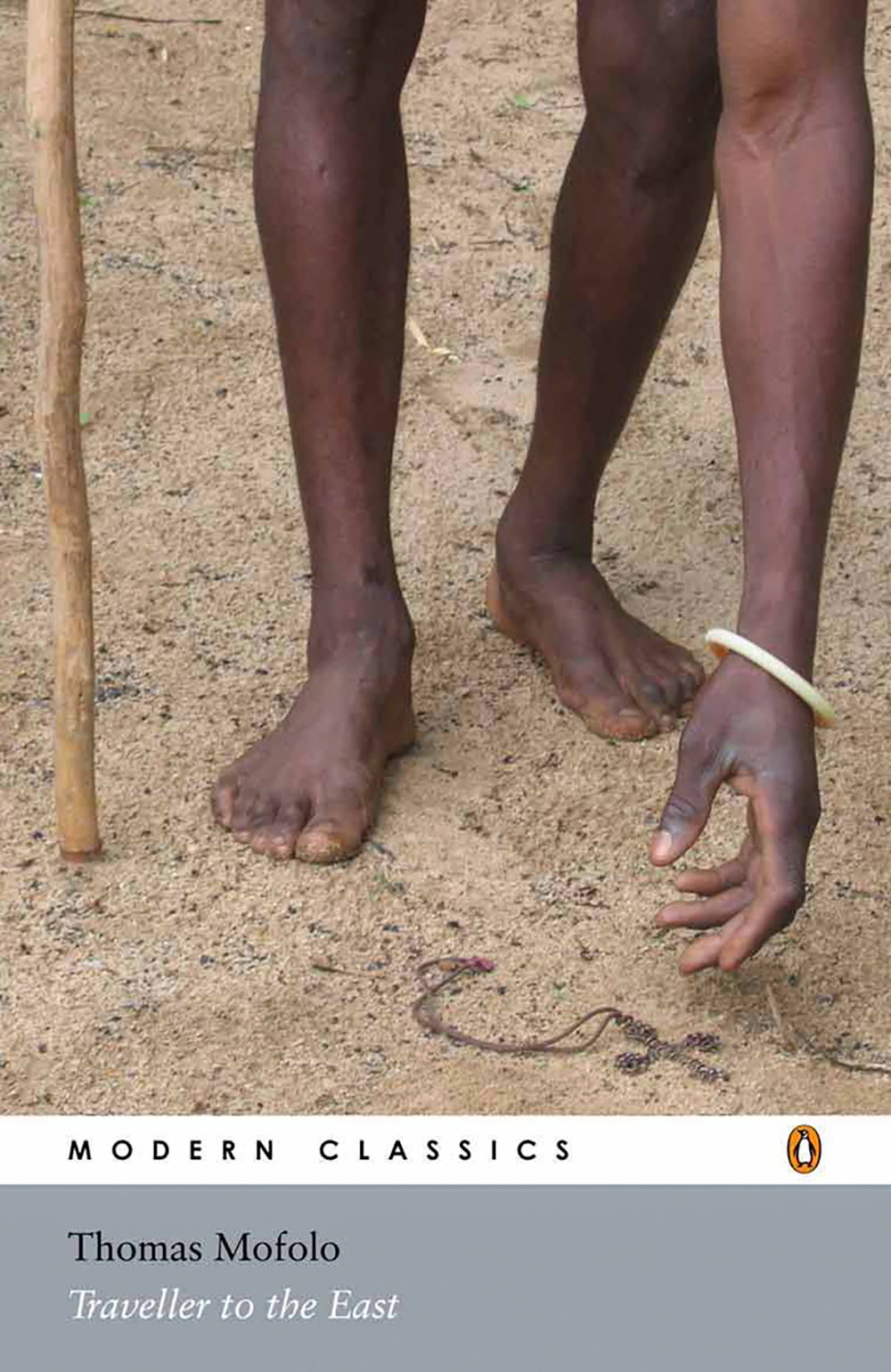Religion appears in different ways in the writings of Thando Mgqolozana.
Fifty-odd years ago, a visiting friend of my paternal grandmother asked my father why so many streets in Pretoria were called “Hou Links”. Her curiosity was prompted by the proliferation of signs instructing motorists to “Keep Left”, an ironic injunction in a capital city that politically wanted very much to keep ultra-right.
If Mrs Tarada were to drop in on a contemporary South African city, I’ve no doubt she’d soon be wondering why the shopping mall has replaced the church, the synagogue, the mosque, the temple, the hillside as the primary place of community, congregation and worship.
In answer, it would probably be easiest to give her a copy of Ivan Vladislavic’s novel The Exploded View, that prescient and razor-sharp dissection of how so many South Africans live now, in “communities” of gated townhouse estates with perimeter walls adorned by electric fences or barbed wire. Beyond are the shopping malls where consumers indulge in the rites of commodification.
All of this is more than a century removed from Traveller to the East (Moeti oa Bochabela), written in Sesotho by Thomas Mofolo and serialised in 1907 in 17 parts by Leselinyana, the Sesotho fortnightly newspaper in Morija, Lesotho. It was there that Mofolo worked as a proofreader in the book depot, and where his Chaka was published.
Mofolo’s writing bears the hallmarks of his education by Christian missionaries. Traveller to the East is a remarkable journey of spirit, despite or because of its referents to John Bunyan’s The Pilgrim’s Progress.
Christianity was the currency that Mofolo chose to use and without which he might not have been published.
Regarding the publication of Chaka, Michael Chapman in Southern African Literatures (University of Natal Press, 2003), points out that “[the book] … written in Sesotho around 1909 [was] published only in 1925 when the Morija Press allowed itself to be convinced that the work was Christian in intent”.
Strictures of that kind are absent from today’s South African fiction, with editors and publishers being more concerned about the sales potential of their titles. And that, it must be acknowledged, is low and lowering.

Traveller to the East is a remarkable journey of spirit.
At last year’s M&G Literary Festival, the publisher of many of this country’s premier literary novels revealed that some titles struggle to find a few hundred buyers.
Why are readers alienated? Is it because their interests and their disposable income lie elsewhere? Or perhaps there is a more profound abstraction, a wrenching loose from the traditional moorings of community and being?
Part of the title of the chapter in which Chapman discusses Mofolo, Sol T Plaatje, AC Jordan, HIE Dhlomo, BW Vilakazi and Noni Jabavu, among other South African writers, serves our purpose here too: Belonging and belief.
The secularisation of South African society that has followed April 1994 has been rapid, if not as radical and thoroughgoing as what succeeded the French Revolution.
What has been startling is the way in which the state and many citizens have embraced capitalism and neoliberalism, antitheses of religion. And the killing of miners at Marikana showed once again the coinciding interests of capital and the state.
Of these, there is not much sign in our fiction. Unsurprisingly, then, religion is dealt with neither overtly nor covertly, although one striking exception is Hear Me Alone by Thando Mgqolozana (Jacana, 2011).
My colleague Jane Rosenthal, the Mail & Guardian’s chief fiction reviewer for two decades, had this to say in her review: “In this reconstruction of an alternative account of the birth of the Messiah, The Lamb, Mgqolozana addresses not only the great mystery of the Immaculate Conception, but also the more modern issues of the freedom of women, the masculinised versions of the biblical scriptures and the very male nature of the deity they invoke.
“It is not so much that God made man in his image, but that men made God in their image … the novel has the effect of taking the reader into a space hardly recognisable to most of us in the modern world, where solitude, meditation and listening in that way are extremely rare …
“Despite the ancient storyteller cadences of the narration, this is a very modern novel, addressing the position of women, then and now. There are many anachronisms of language and concept, but the author seamlessly melds the old and new in this remarkably powerful story. It’s been told before, but somehow this version is both more ancient, and more modern, and about those enduring matters of what we believe and how we make meaning.”
At this point in the calendar – secular and religious – I can recommend drawing a line from Mofolo’s unforgettable Traveller to the East to Mgqolozana’s Hear Me Alone. Religion might be a rare bird on our reading shores, but when special sightings such as these occur, they must be savoured.
Darryl Accone is the Mail & Guardian’s books editor.